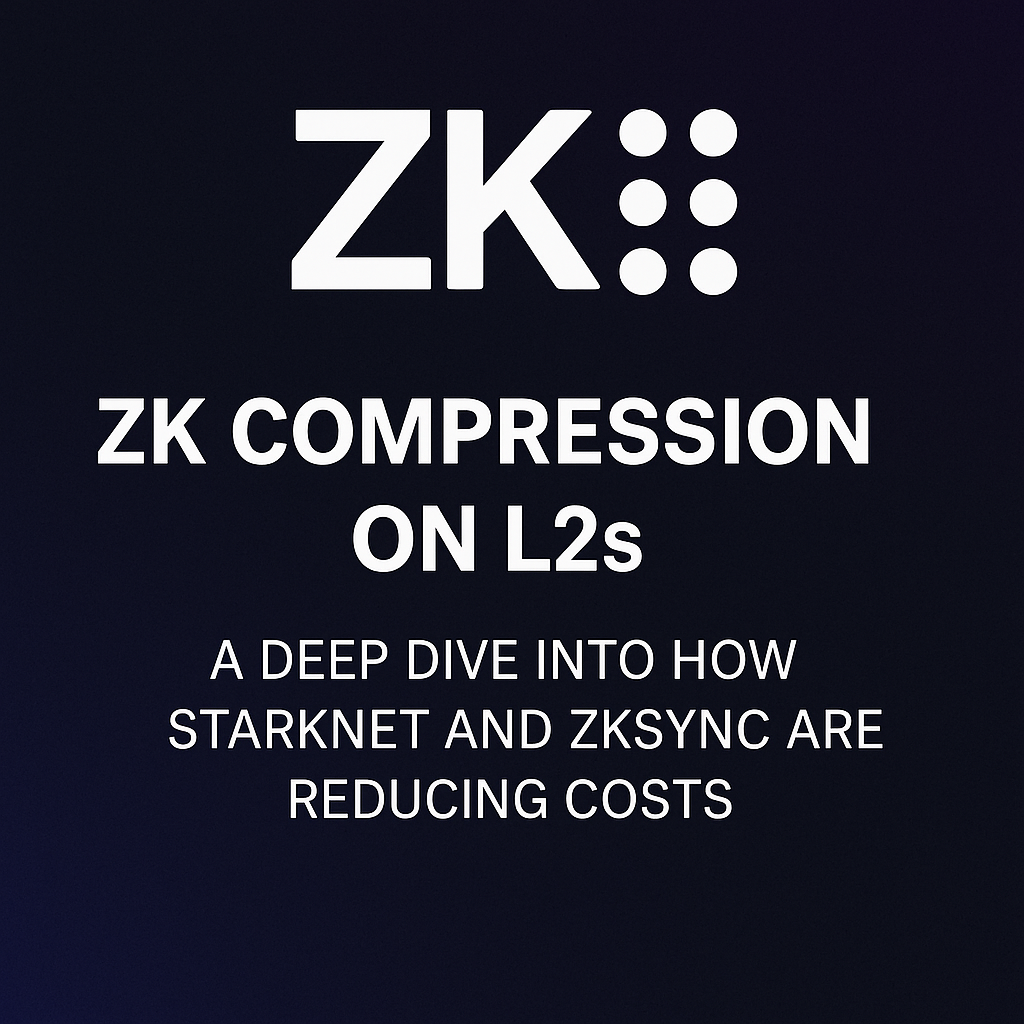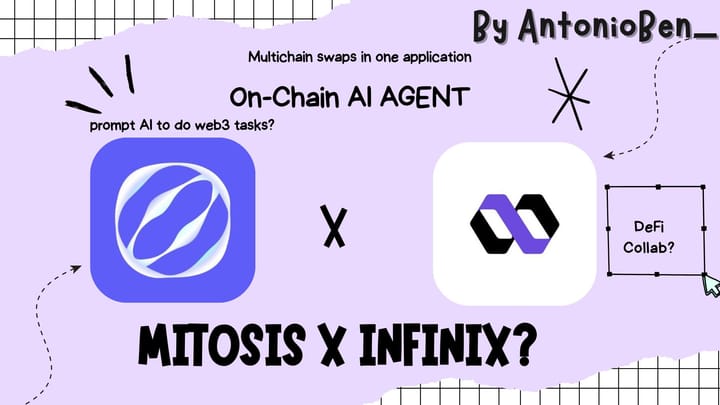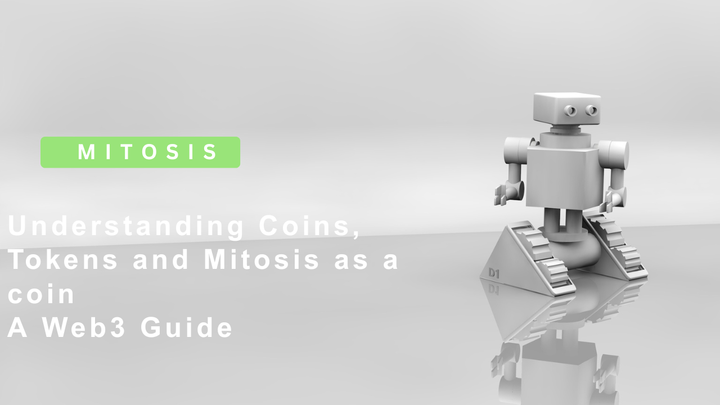ZK Compression on L2s: A Deep Dive into How Starknet and zkSync Are Reducing Costs

Introduction
Layer 2 (L2) scaling solutions have become the lifeblood of Ethereum, enabling faster and cheaper transactions without compromising the security of the mainnet. Among them, zk-rollups like Starknet and zkSync are stealing the spotlight with one key innovation: ZK compression.
But what exactly is ZK compression? And how does it slash costs for users and developers while pushing Ethereum toward mass adoption? Let’s break it down.
The Problem: High Ethereum Gas Fees
Ethereum’s popularity is its own Achilles’ heel. Every transaction, whether swapping tokens on Uniswap, minting NFTs, or deploying smart contracts, competes for scarce blockspace, driving up gas fees.
L2 solutions like Starknet and zkSync aim to solve this by moving computation and state changes off-chain, while using zero-knowledge proofs (ZKPs) to verify the results on-chain. This brings scalability, but data availability costs (posting compressed data back to Ethereum) remain a key bottleneck.
Enter ZK compression — a game-changer for optimizing how much data L2's need to store on Ethereum.
What Is ZK Compression?
At its core, ZK compression is about minimizing the amount of calldata (or state diff) that rollups send to Layer 1 (L1) for settlement.
Without compression, every change on the L2 (e.g., account balances, contract updates) must be reflected in the state root submitted to Ethereum. But not all data is created equal. Many rollups waste precious gas submitting redundant or inefficient data.
ZK compression uses:
- Succinct proofs (like STARKs and SNARKs) to summarize thousands of L2 transactions into tiny on-chain footprints.
- State diffs + Merkle trees to only publish what’s changed — not the full state.
- Batching + aggregation to group transactions efficiently, cutting down calldata size.
In short, you get the same security guarantees — but at a fraction of the cost.
Starknet: Leveraging STARKs + Data Availability Layers
Starknet, developed by StarkWare, relies on STARK proofs — scalable, quantum-resistant ZK proofs.
With ZK compression:
- Starknet submits only the minimal state diff to Ethereum.
- It compresses thousands of transactions into a single proof, cutting gas fees dramatically.
- Future plans include using data availability layers (like Celestia or EigenDA) to store even less on L1, offloading non-critical data off-chain while keeping proofs on-chain.
The result? More throughput, lower fees, and an ecosystem where dApps can run everything from DeFi protocols to on-chain games without sweating about Ethereum costs.
zkSync: Recursive SNARKs + L2-L3 Ecosystem
zkSync, built by Matter Labs, uses SNARK proofs and leans heavily on recursive ZK proofs.
Here’s how zkSync applies ZK compression:
- Recursive proofs allow zkSync to prove multiple proofs within one — stacking layers of verification and slashing calldata.
- zkSync’s Era network compresses not just transactions, but even calls between L2 and potential Layer 3 (L3) chains.
- By compressing smart contract interactions and account abstractions, zkSync creates a “fractal” ecosystem where each layer inherits security while optimizing for speed and cost.
This opens the door to ultra-low-cost microtransactions, high-frequency trading, and massive-scale consumer dApps.
Important Representation: Cost Breakdown
Let’s visualize ZK compression benefits (approximate numbers):
| Network | Without ZK Compression (gas per tx) | With ZK Compression (gas per tx) | Cost Savings |
|---|---|---|---|
| Starknet | ~200,000 gas | ~30,000 gas | ~85% |
| zkSync | ~180,000 gas | ~25,000 gas | ~85–90% |
On mainnet, that’s the difference between paying ~$5–$10 per transaction vs. <$1. When multiplied across millions of users, it’s the key to Ethereum scalability.
Conclusion
ZK compression is not just a technical tweak, it’s a breakthrough that makes L2s like Starknet and zkSync economically viable at scale. By shrinking the data footprint without sacrificing trustlessness, these networks are setting the stage for a world of affordable DeFi, scalable NFTs, and global on-chain applications.
As Ethereum marches toward its “rollup-centric roadmap,” ZK compression will be the secret sauce behind mainstream crypto adoption. Whether you’re a developer building the next dApp, an investor eyeing L2 tokens, or just a user tired of high gas fees — ZK compression matters.



Comments ()